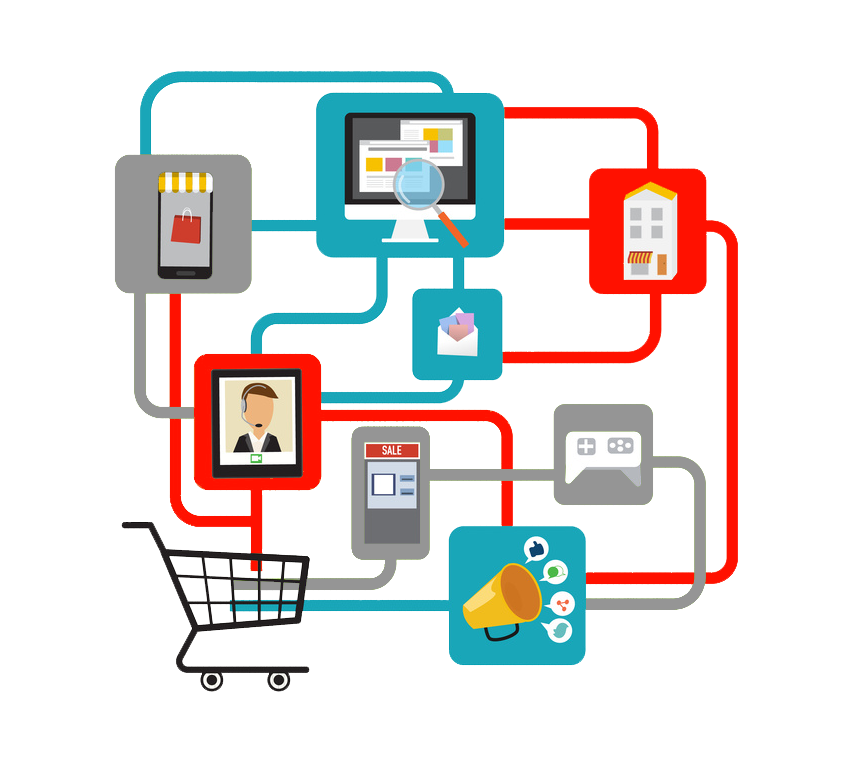In this modern age, people don’t want to feel like they’re being sold to. It’s not that they don’t want to purchase from brands that advertise, but rather, their guard is up against corporate overtures that aim to inspire nothing more than a purchase.
To get through that shield, inbound marketing prioritizes engagement over advertisement. The entire idea revolves around inviting customers inward as opposed to interrupting them in the middle of something else. But, as engagement has become a widely-used buzzword, the meaning has been somewhat lost.
Engagement is a mutual effort to get to know the other better. In terms of branding, fostering engagement involves creating content, incentive, exclusivity and an overall pleasant customer experience that only your company can provide. Your brand should create an environment for customers and prospects to converse with you and each other.
The holy grail of inbound marketing is the secret formula for how to achieve that. Here are five methods for engaging with your customers on a real, personal level:

1. Produce the content they want to see
On the most basic level, engagement starts with knowing the people you’re trying to reach. What is it that evokes a real response from them? What excites them?
We’ve talked previously in this blog about the importance of a brand’s voice. A clear, unified, confident brand voice comes largely from knowing your customers and their proclivities. From there, it’s up to you to create content tailored to the experience they want to have and that will stay with them after they’ve left your website or social media page.
2. Gamify it
One of the most intriguing new markets to emerge in the digital age is “freemium” mobile games. Those apps are free to download but prey on our human psychological need for making progress by making certain achievements only accessible through small payments.
The freemium game model can teach marketers a pertinent lesson. If there’s a level of achievement to be had, people will do more to reach it, even if the reward is comparatively minor or even meaningless outside of the context of the game itself.
Gamification can range from something as simple as an exclusive reward to Facebook users who recommend the brand to a certain number of friends to an actual flash or mobile game. If you can tie an action to your brand, you can incentivize it at little or no cost, driving further engagement.
3. Be the expert
Use inbound content to position your brand as a thought leader in its industry. That starts with consistent quality in your inbound content but requires some specificity after that.
Focus is a key word in thought leadership. Specifically earmark a portion of your brand’s content for those looking for academic, detailed and insightful pieces. Use those qualities to add an authoritative air to your overarching brand voice; focus on delivering high-value, up-to-date thoughts on the industry; and use your expertise to create guest articles for other venues.
4. Reward loyalty
Loyalty programs are inherently tied to the concept of gamification. The point is to reward achievement—in this sense, repeat purchases encouraged by rewards at low or no cost to the company itself.
But loyalty engagement doesn’t begin and end with reward programs on a card or app. Using social media to acknowledge your brand’s biggest fans strengthens their association and relationship with you, even if just in the form of a public mention. The further you go for your best customers, the more their relationship with your brand grows.
To reward loyalty at the next level, you need to treat your customer VIPs as such.
5. Create a velvet rope
As much as the concepts of gamification serve to entice people, nothing can be quite as motivating as the idea of exclusivity. But employ that idea in inbound marketing and branding carefully, or else you risk alienating sporadic customers or new prospects.
To do it correctly, tie it directly to rewarding loyalty. Your best repeat customers, your most active social media fans and those who’ve had a long relationship with your brand already all deserve their own special brand of engagement.
Whether it’s an invite-only social media group or content only they have access to, exclusive rewards not only foster a unique and powerful type of engagement, but they also put your customers on their way to becoming effective ambassadors for your brand. ![]()







 By
By 